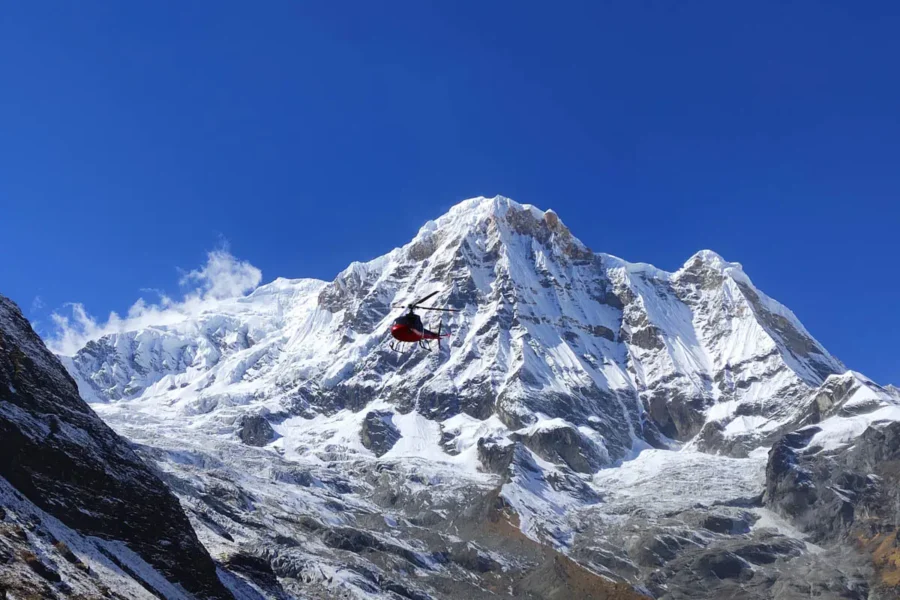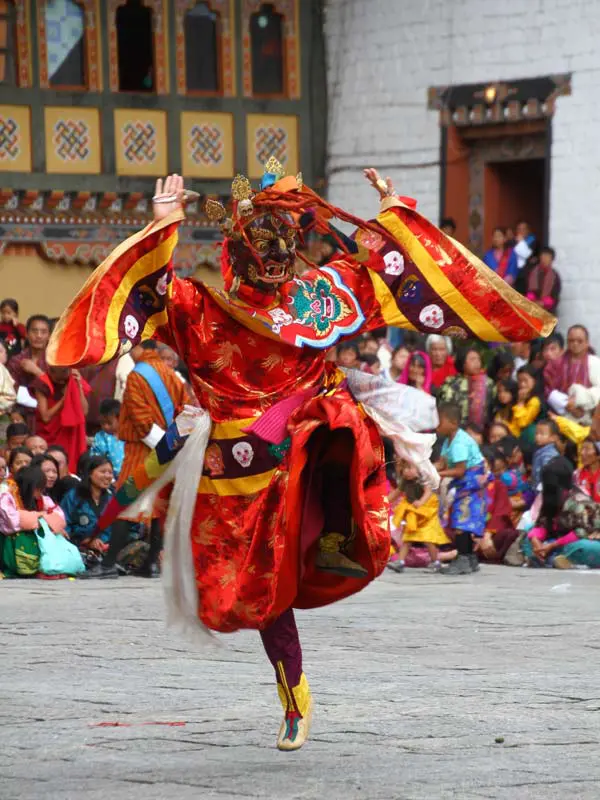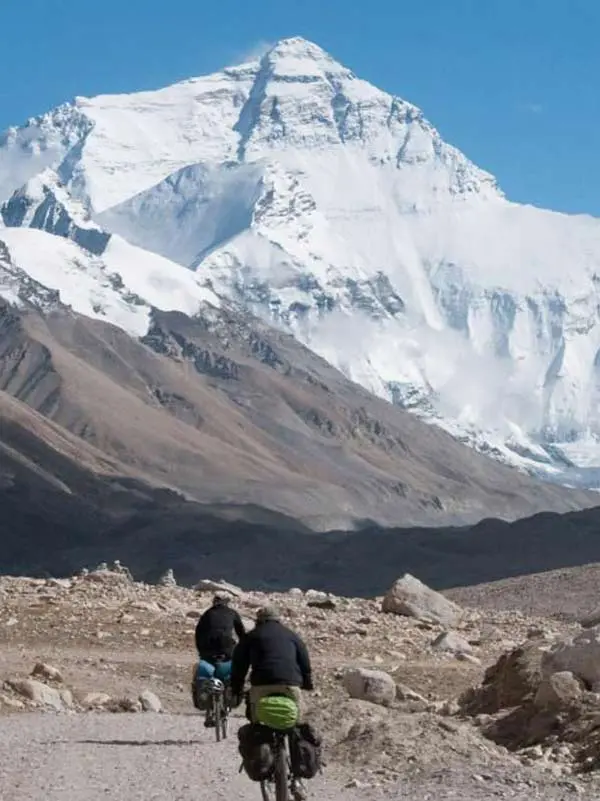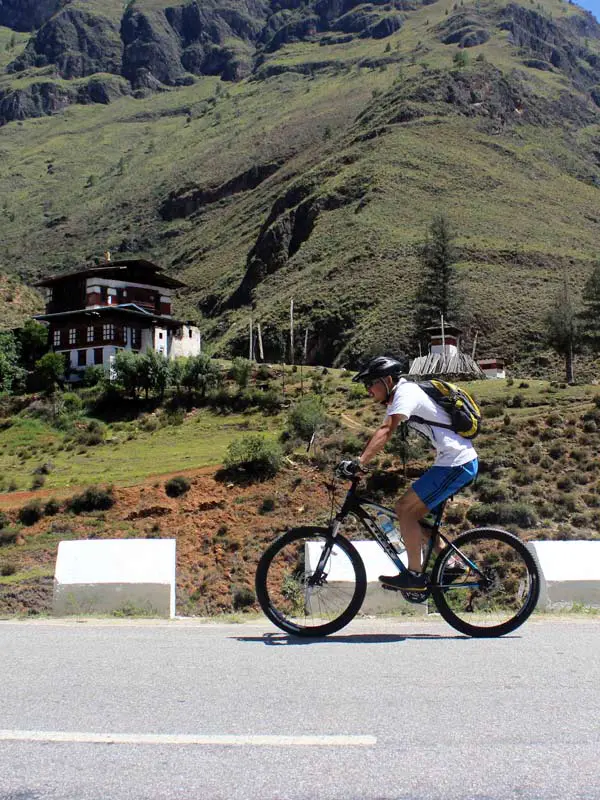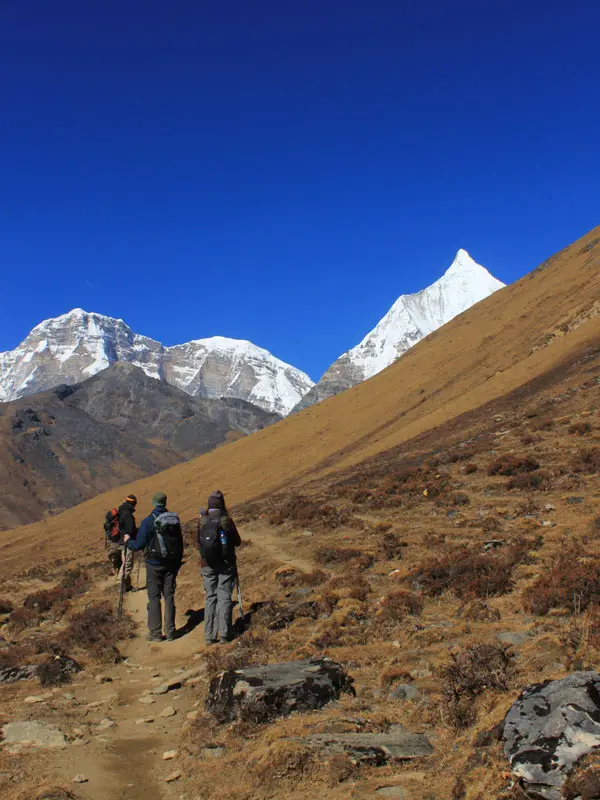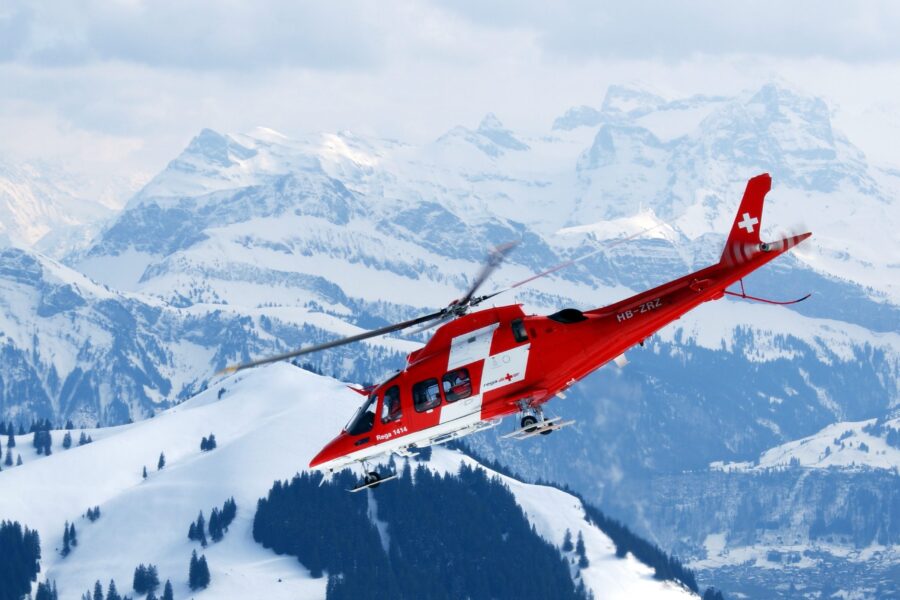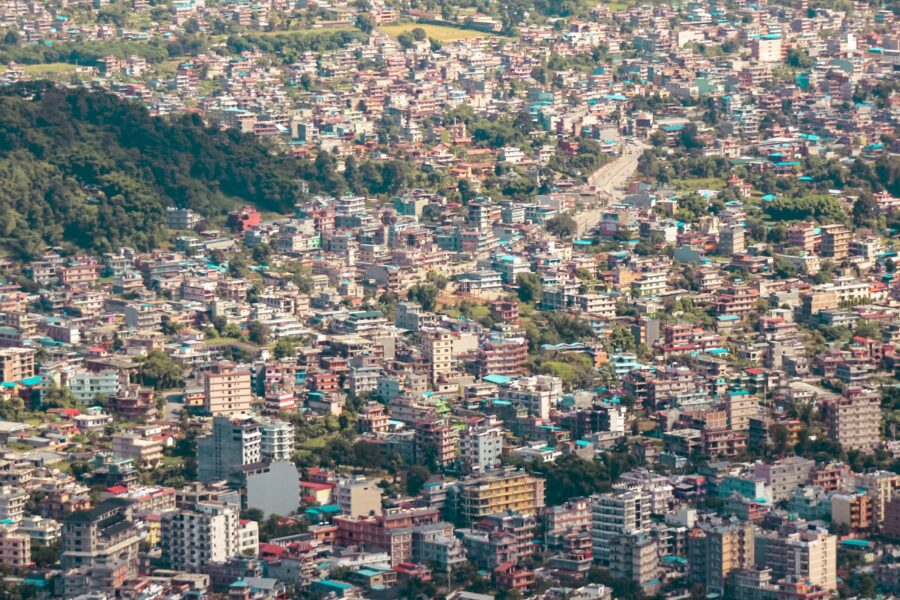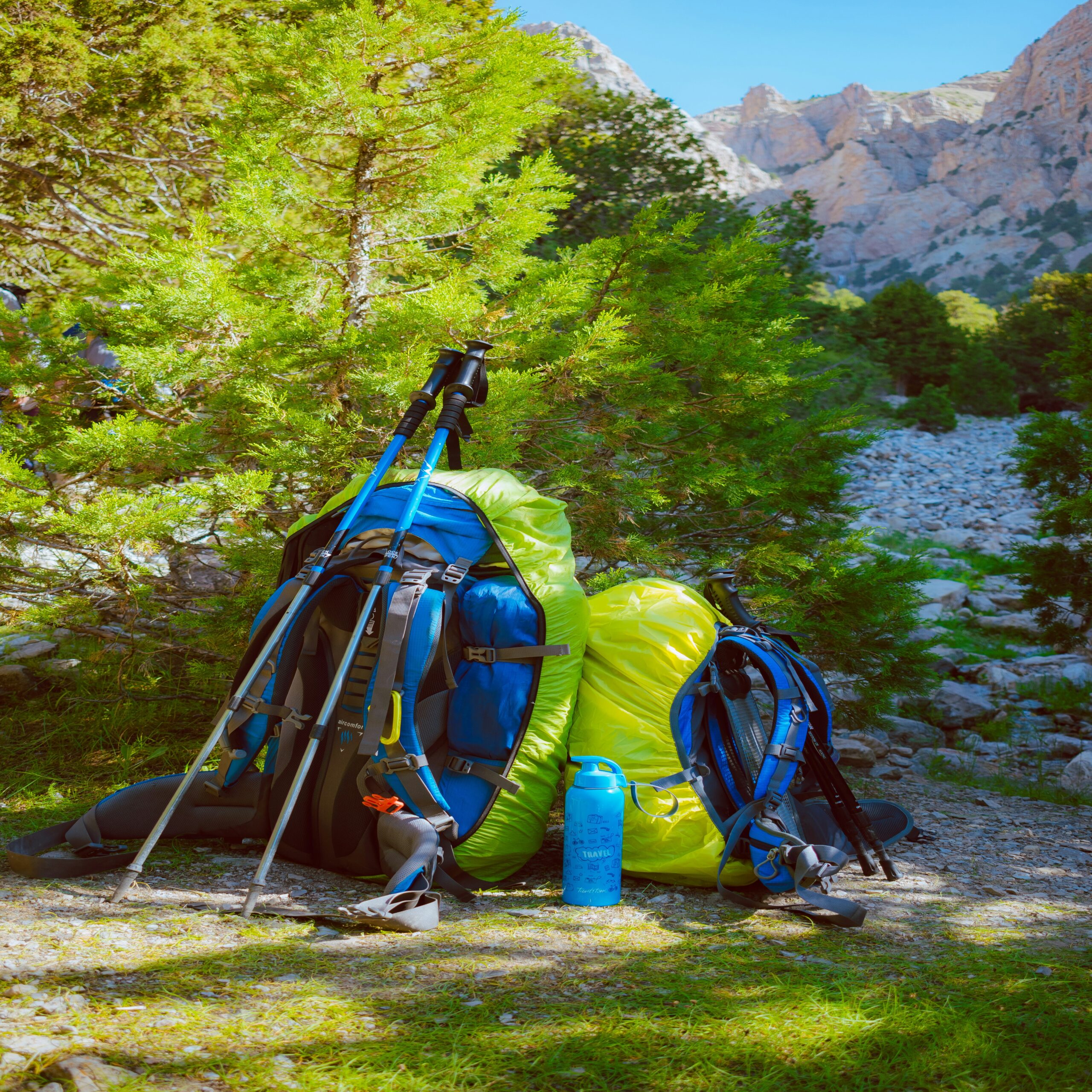

Experience the Different World
9 Years+ Experience
1000+ TripAdvisor Reviews
Best Price Guaranteed
Committed To Sustainability
Our Best Sellers for 2024
Join us on our trending adventure this year.
Ultimate Adventure: 10-Day Annapurna Base Camp Trek Unveiled
Annapurna Heli Sightseeing: A Breathtaking Aerial Adventure Guide in 2024
Annapurna Base Camp Trek with Tilicho – A Comprehensive Guide for Adventure Enthusiasts
9D8N Annapurna base camp
12D11N MARDI HIMAL AND ANNAPURNA BASE CAMP
7 Days and 6 Nights Adventure: Trekking from Pokhara to Mardi Himal Base Camp
Why Choose Basecamp Trip?
We have been helping you to explore the Himalayas since 2015. With local experts in Nepal, we are dedicated to promoting eco-friendly and responsible tourism for your unforgettable Himalayan adventure.
Local Himalayan Experts
Dedicated local professionals are primarily based in our travel destinations and work exclusively for Base Camp Trip to give you an authentic Himalayan experience.
High Standard of Safety prioritized
Your safe and secure trip is our top priority. Fully health-trained guides and staff take care of you throughout the journey
Unbeatable Value
We at Base Camp Trip carefully curate our itineraries with the best possible services to guarantee that we provide you with the best trip that is value for money.
Top-Notch Service
Well-experienced professional guides and staff are at your service to provide you with best quality trip experience.
Socially Responsible
Base Camp Trip believes in giving back to society primarily through various charity works and encouraging local participation in social causes
Guaranteed Departures
Our trips have guaranteed departure dates. Once your booking is confirmed, your trip is guaranteed to run irrespective of the number of participants.
Explore With Basecamp Trip
Explore the wide array of experiences provided by our team, designed to cater to your diverse interests and needs.
Activities we offer
Explore the wide array of experiences provided by our team, designed to cater to your diverse interests and needs.
Traveler Reviews
Best Trekking in Nepal For You
Annapurna Basecamp Trek: Your Ultimate Adventure Guide in 2024
Conquering Heights: A Journey to Everest Base Camp
Ascending Heights: Pisang Peak and Thorong La Pass (5,416 meters) Adventure Unveiled
Best Place For Cultural & Heritage Sites To Visit
Thrilling Heights: Langtang Heli Sightseeing Adventure in 1 Day
Embarking on a 6-Day Odyssey: Kathmandu, Lumbini, and Pokhara
Unveiling Nepal’s Cultural Splendor: 6 Days of Adventure in Kathmandu and Beyond!
A 5-Day Escape: Unveiling Kathmandu and Nagarkot’s Allure

Trip of the Month
The Annapurna Base Camp Trek is a renowned adventure that captivates trekkers from around the world. Nestled at an altitude of 4,130 meters, the Annapurna base camp serves as…..see more
Frequently Asked Questions by Travelers
The optimal periods for the Annapurna Base Camp trek are the pre-monsoon (spring) months from March to May and the post-monsoon (autumn) months from September to November. During these windows, the weather is generally stable, with clear skies offering breathtaking views of the surrounding peaks.
Trekkers must obtain two main permits: the Annapurna Conservation Area Permit (ACAP) and the Trekkers’ Information Management System (TIMS) card. Both licenses are available in Kathmandu and Pokhara and are essential for entry into the Annapurna region.
The Annapurna Base Camp trek is graded as moderate in terms of difficulty. While it doesn’t involve technical climbing, trekkers navigate varied terrains and gradually gain altitude. Adequate acclimatization is crucial to mitigate the risk of altitude sickness.
The choice of trekking destination depends on various factors, including your fitness level, trekking experience, and the type of scenery you desire. Popular regions include Everest, Annapurna, Langtang, and Manaslu. Research the trekking routes, difficulty levels, and cultural aspects of each area to find the one that aligns with your preferences.
Mobile network coverage is available in many lower-altitude villages but becomes sporadic or unavailable at higher elevations. Local SIM cards are public, and some teahouses may offer Wi-Fi for a fee. It’s advisable to inform family and friends about potential communication challenges.
The level of fitness required depends on the trek you choose. While some treks are relatively straightforward, others involve challenging terrain and higher altitudes. A moderate level of fitness is generally recommended for most tours. Pre-trek physical conditioning, including cardiovascular exercises and leg strength training, can significantly enhance your trekking experience. Altitude can also be a factor, so acclimatization days are often built into itineraries.
Packing the right gear is essential for a comfortable and enjoyable trek. Noteworthy items include:
- Sturdy trekking boots.
- Weather-appropriate clothing layers.
- A quality sleeping bag.
- Trekking poles.
- A headlamp or flashlight.
- A comprehensive first aid kit.
- Water purification tablets.
- A power bank.
- A refillable water bottle.
Additionally, packing snacks can be helpful for energy boosts along the trail.
In most trekking areas, tap water is not safe to drink. While bottled water is available, it’s advisable to consider more sustainable options such as water purification tablets or a water purifier. Trekkers can treat water from natural sources, ensuring they stay hydrated without contributing to plastic waste.
Latest Blog Posts
- Sign in
- Sign up


